Model of the month Juni 2023 Junkers W34
Corrugated iron birds - The Junkers W 34
From original to model
An independent part of the collections of the Aviation Museum Hannover-Laatzen are the more than 1,000 scale models, mainly of the international standard 1/72, 1/48 and 1/32. Such true-to-the-original miniatures enable viewers of museum technology history to get an "overview", not only of the individual exhibit (sometimes even as the only possibility of a three-dimensional display if there is no longer a preserved original), but also of the developmental lines of aircraft construction by means of the possible sequencing and juxtaposition here. Sometimes they even close gaps in the presentation of the originals. Their craftsmanship alone is a pleasure to behold.
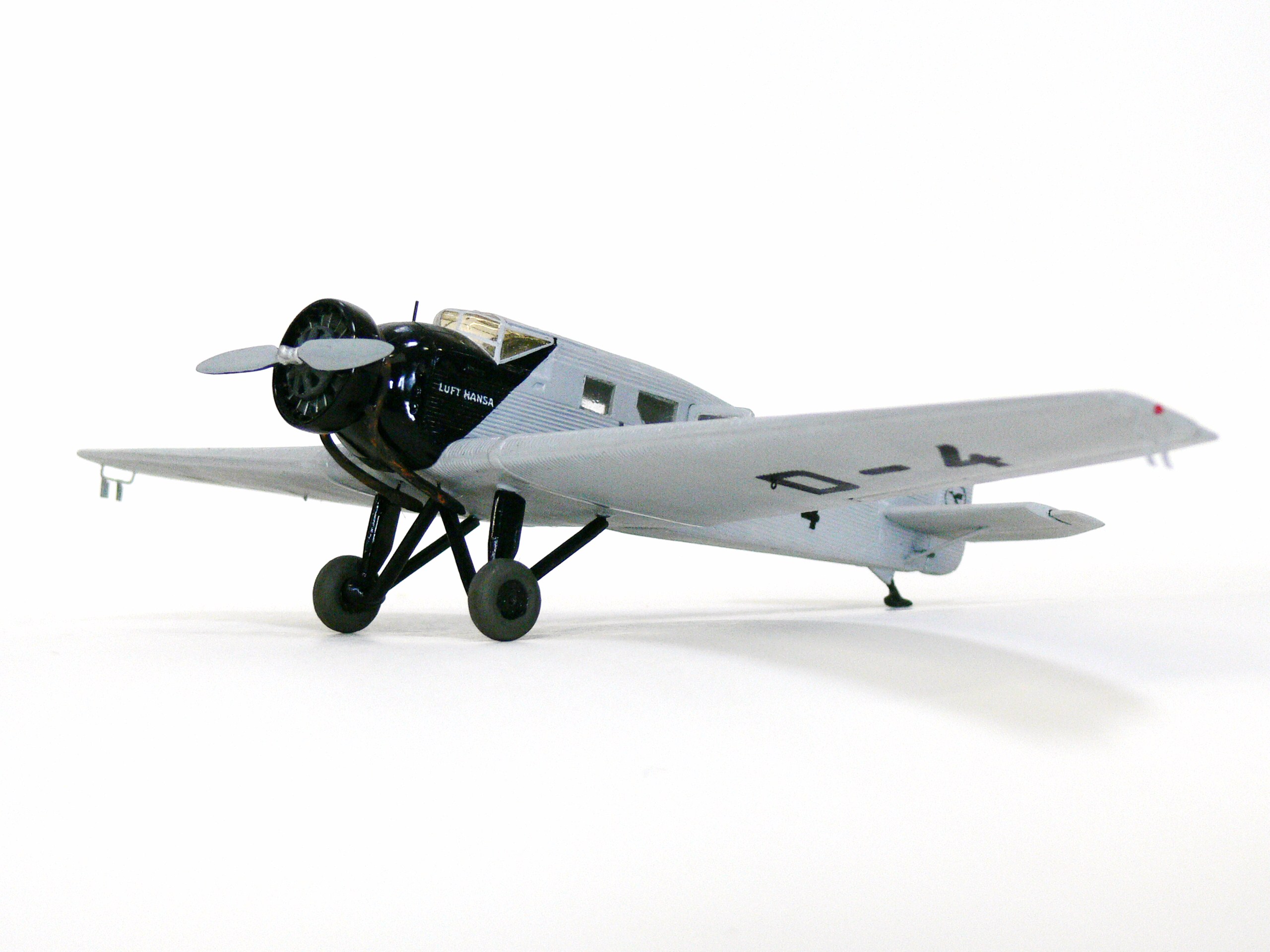
Today, in our 'Model of the Month' series, we present the Junkers W 34 single-engine multi-purpose aircraft built in 1926. It flew for more than 20 years in civil and military missions worldwide.
The models: Limited edition by MPM.
The museum presents - besides a faithful replica of the original type F 13 - several examples of the W 34 in 1/72 scale in its model showcases in hangar 1. Besides civilian aircraft of Luft Hansa and EURASIA, built by a team around Siegfried Fricke and Harald Steiner, we present here in the picture a courier aircraft of the Croatian Air Force from 1943. This kit of the W 34 from the Czech manufacturer MPM appeared in the 1990s as a limited edition.
The Original: Between F 13 and Ju 52/ 3m
With the F 13, Prof. Hugo Junkers and his team built the world's first commercial airliner in 1919. Further developments in performance and cabin size in the 1920s were the W 33 with Junkers inline engine and the W 34 with radial engine. The W 33 became famous as the aircraft of the first westbound Atlantic crossing, while the W 34 was delivered with a radial engine to customer specifications: from the BMW 132 A with 660 hp to French, British and U.S. engines. This provided the type with even greater operational reliability and economy.
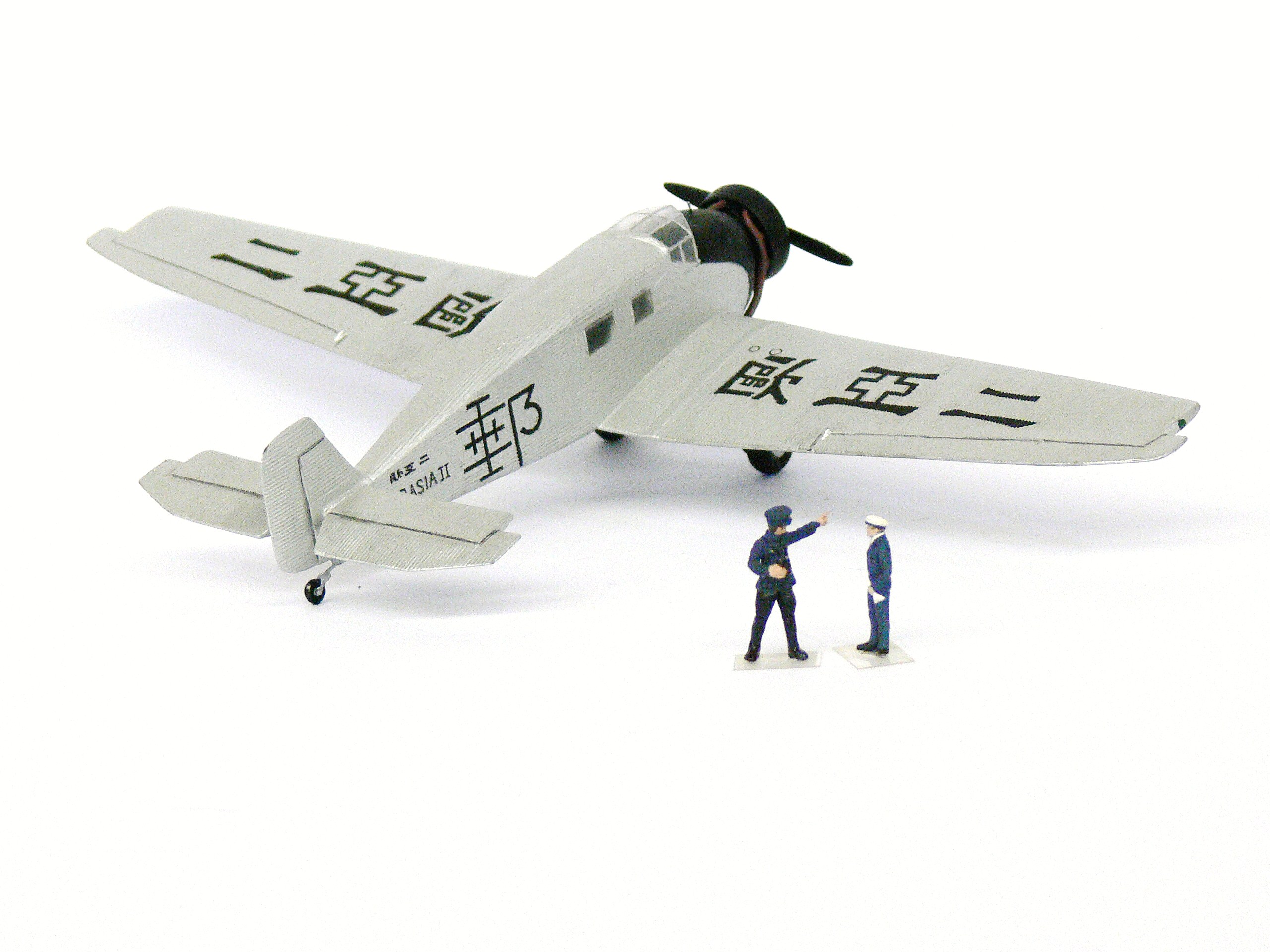
As classic multi-role aircraft, both were used in passenger, cargo, mail, reconnaissance and medical services worldwide. As with the F 13, the rigid landing gear could be replaced by two float skids, expanding the mission profile almost indefinitely. Two pilots with dual controls and up to six passengers sat in an enclosed, partitioned cabin. The radio and detection equipment, like the proven construction of the all-light metal low-wing aircraft in corrugated duralumin, contributed to the excellent operational safety. In the cargo version, around 5 m³ of usable space was available. In the process, the W 33 & 34 continued the series of world record and pioneer flights with which the Junkers name had been associated since the F 13. For example, a W 34 achieved an absolute world altitude record of 12,739 m in the late 1920s. In the Luft Hansa fleet, both types flew until the 1940s.
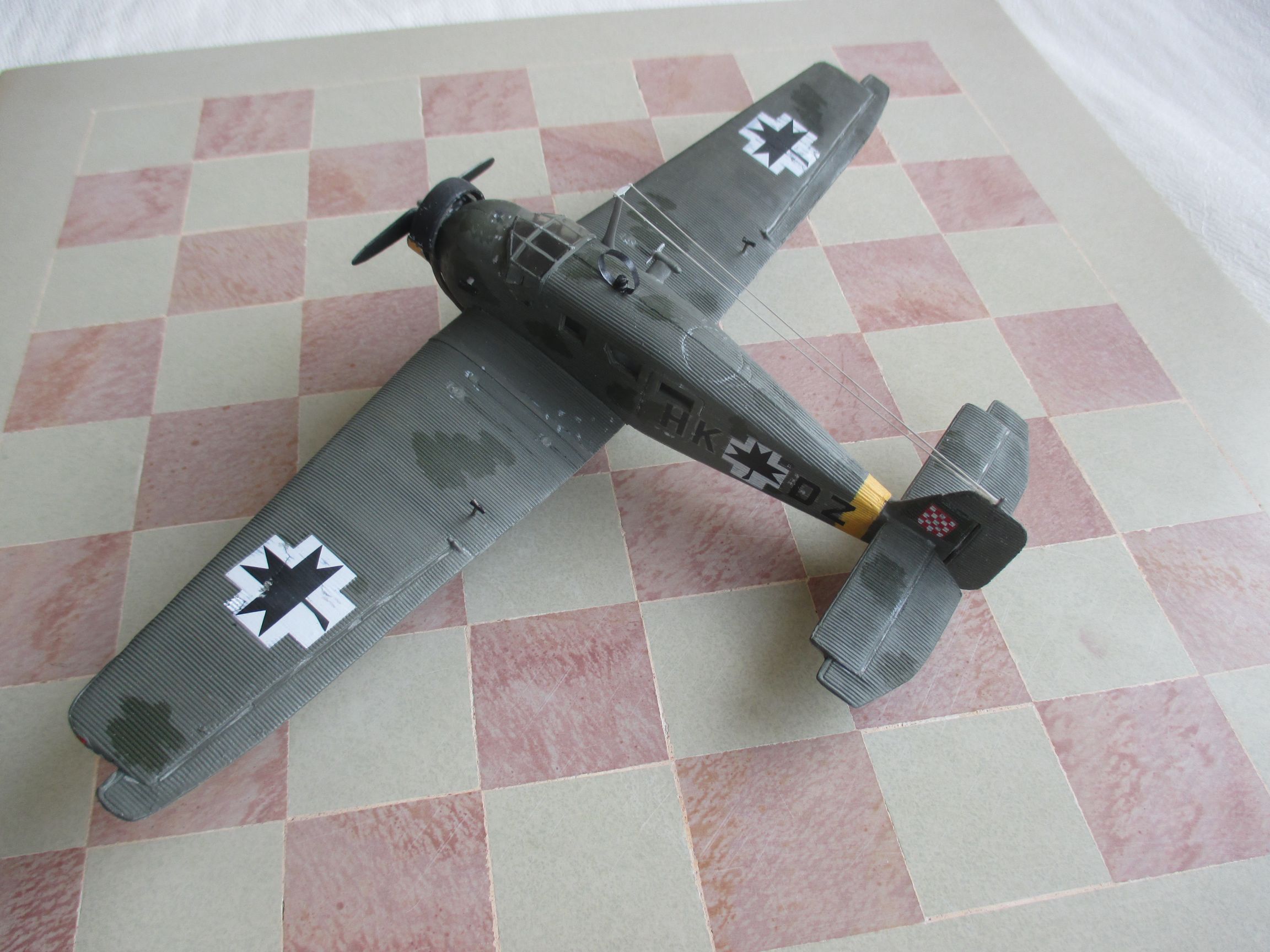
Still built on the cycle line of the original F 13, the W 33/ 34, together with the G 23/ 24, marked the halfway point in the design of the world-famous Ju 52/3m of 1932, which for years was the world's most successful airliner and the culmination of Junkers' "corrugated iron birds". The original fuselage of a Luftwaffe version of the Ju 52 with cabin interior as well as various large models of the type can be found in hangar 2 of the museum.
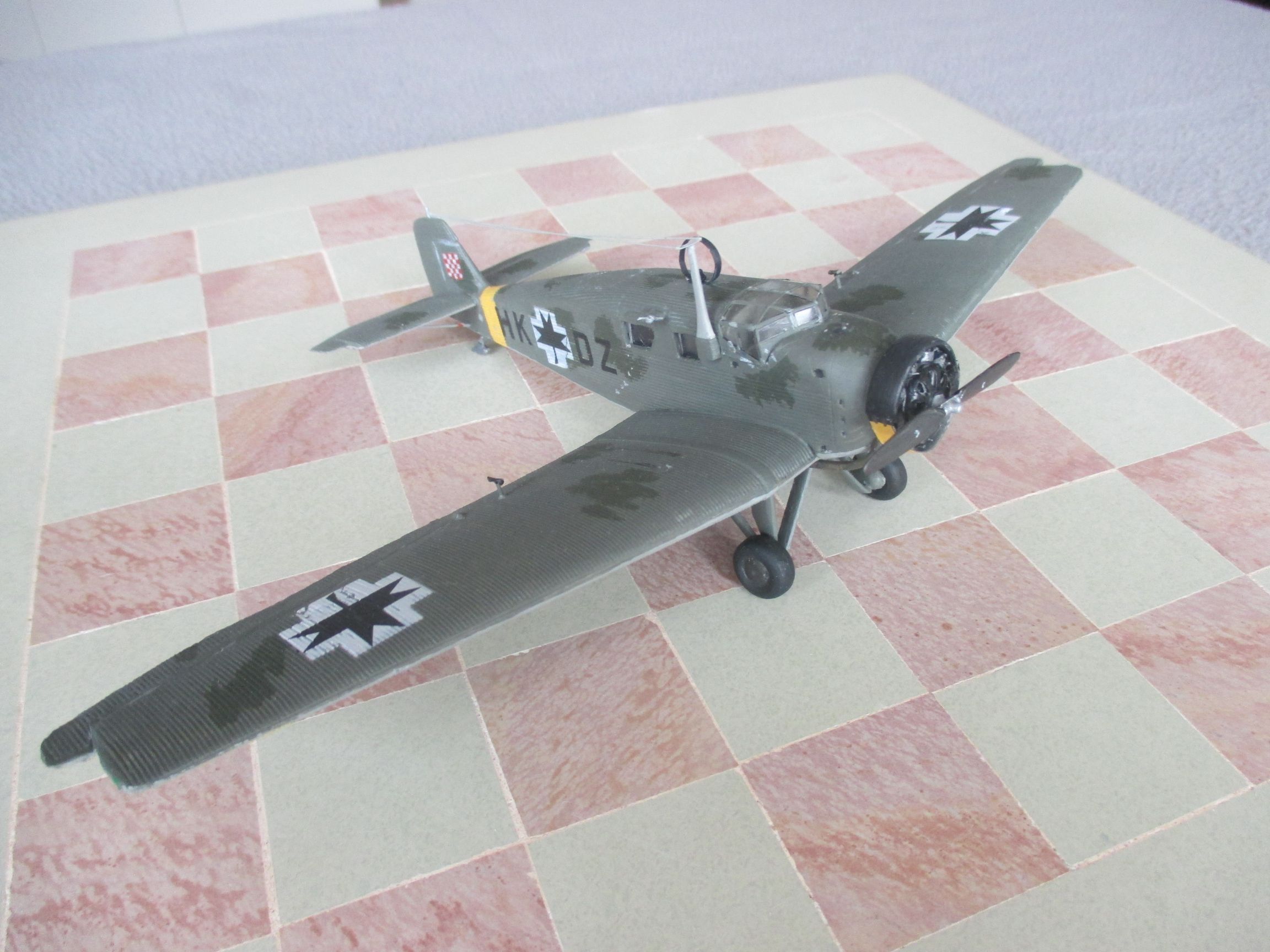
It is true that Hugo Junkers understood his aircraft designs and their use in the aeronautical exploration of the earth as a "cultural-civilizing mission connecting nations." From the very beginning, however, the civilian use of these aircraft went hand in hand with their military use - all over the world. For example, the Swedish, Soviet, South African and Canadian armed forces were among the first to use Junkers aircraft. And, of course, the German Air Force and its allies then operated most of the 2,124 W 34s built for transport and liaison duties as well as for pilot and radio operator training.
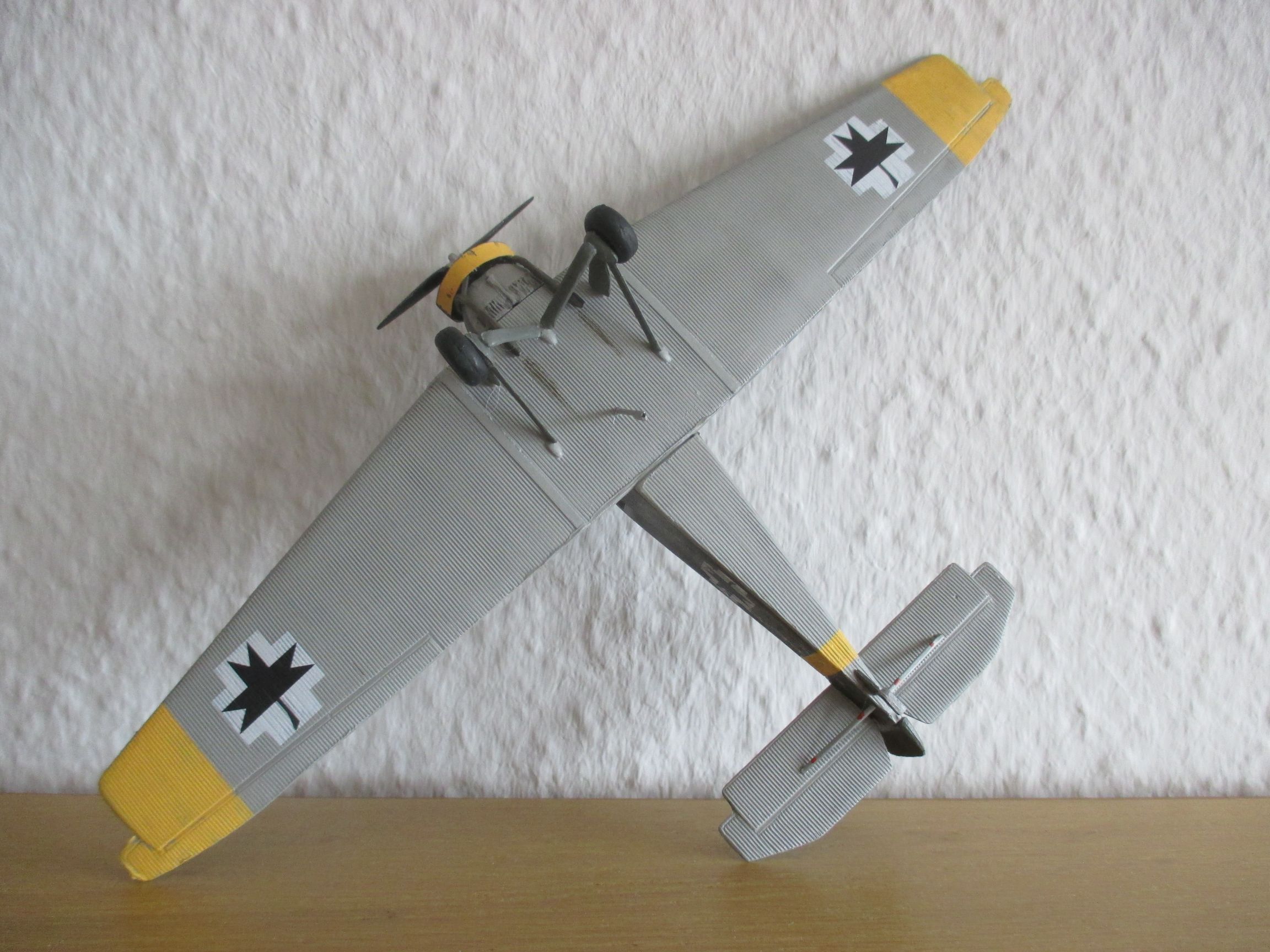
Data sheet of the Junkers W 34 hi
Wingspan 18.48m; Length 10.27m; Max. take-off weight 3.200 kg; Speed 230 km/h; Range 900 km; Propulsion 1x BMW 132 A with 660 HP.
Come in!
Could we make you curious? In our aviation museum you can experience training, fighter, passenger and sport airplanes, helicopters and gliders in original and model: Come and visit us - you will find us in Ulmer Straße at the Hanover fairgrounds!
sb
